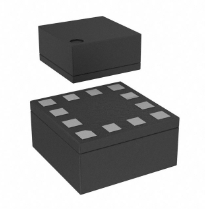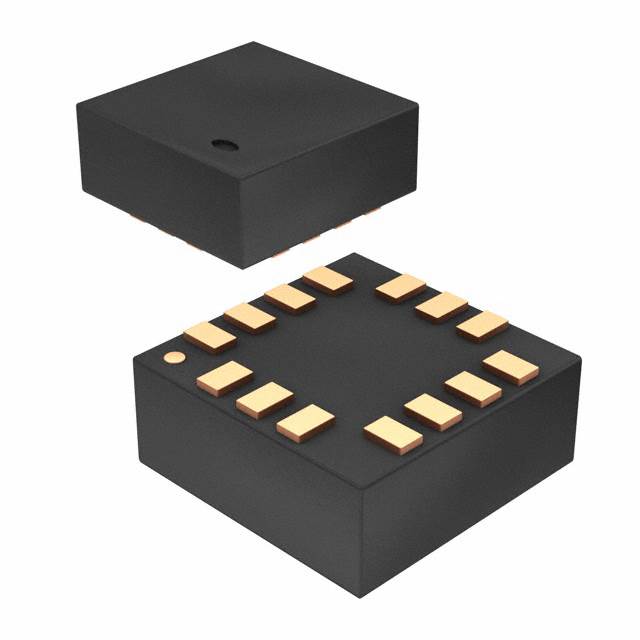- Online chat

LIS2DH12TR
The LIS2DH12TR is a ultra-low-power, high-performance 3-axis digital accelerometer from STMicroelectronics, designed for motion-sensing applications in consumer electronics, wearables, and IoT devices. This MEMS-based sensor operates at a supply voltage of 1.71V to 3.6V and supports user-selectable full-scale ranges (±2g/±4g/±8g/±16g) with a 16-bit resolution. It features a programmable output data rate (ODR) from 1 Hz to 5.3 kHz, enabling flexible power and performance trade-offs. The device integrates a 32-level FIFO buffer, I2C/SPI interfaces, and a built-in temperature sensor, housed in a compact 12-pin LGA package. It operates over an extended temperature range (-40°C to +85°C), ensuring reliability in harsh environments.
Key Features
The LIS2DH12TR offers advanced motion detection capabilities, including free-fall detection, tap recognition, 6D/4D orientation sensing, and activity/inactivity monitoring. Two programmable interrupt generators enable autonomous event-based alerts (e.g., motion唤醒 and free-fall), reducing host processor intervention. Its ultra-low power modes (e.g., 2 µA in low-power mode) extend battery life in portable devices. The sensor includes a self-test function for in-field diagnostics and supports high-impact tolerance (10,000g). Its configurable power modes and low-noise performance (1.3 mg RMS) ensure accuracy in dynamic environments.
Applications
Primarily used in wearables and IoT devices, the LIS2DH12TR is critical for motion-activated functions, screen orientation detection, and step counting in smartwatches and fitness trackers. It is widely employed in industrial IoT for vibration monitoring, predictive maintenance, and equipment tilt detection. In consumer electronics, it powers gesture recognition in smartphones, gaming controllers, and VR devices. Its compact size and low power consumption also suit smart home appliances, security systems, and medical devices requiring continuous motion tracking.
Summary
The LIS2DH12TR combines high precision, ultra-low power consumption, and rich motion-sensing features, making it ideal for space-constrained, battery-powered, and industrial applications demanding robust motion intelligence. Its versatility in ODR, interrupt-driven operation, and extended temperature range cater to diverse markets, from consumer wearables to industrial automation. This accelerometer is a cornerstone for designing energy-efficient, motion-aware systems in the IoT and smart device ecosystems.





